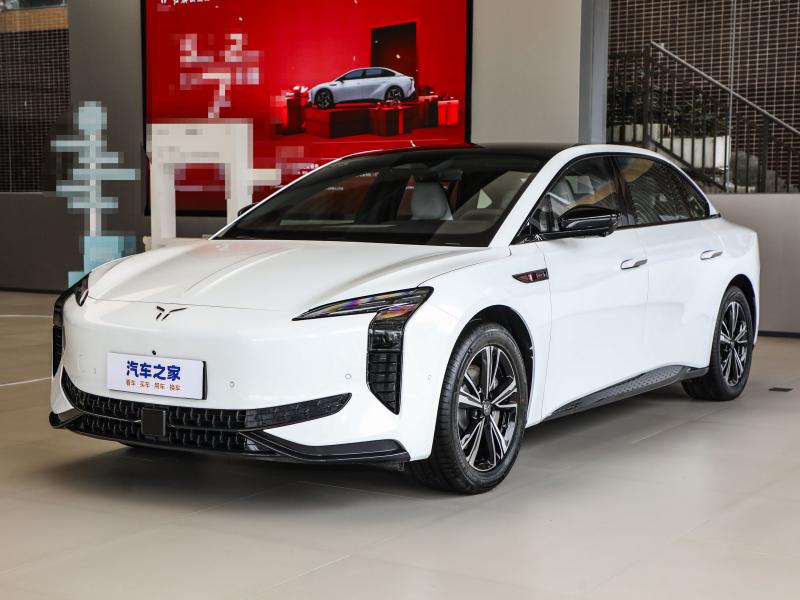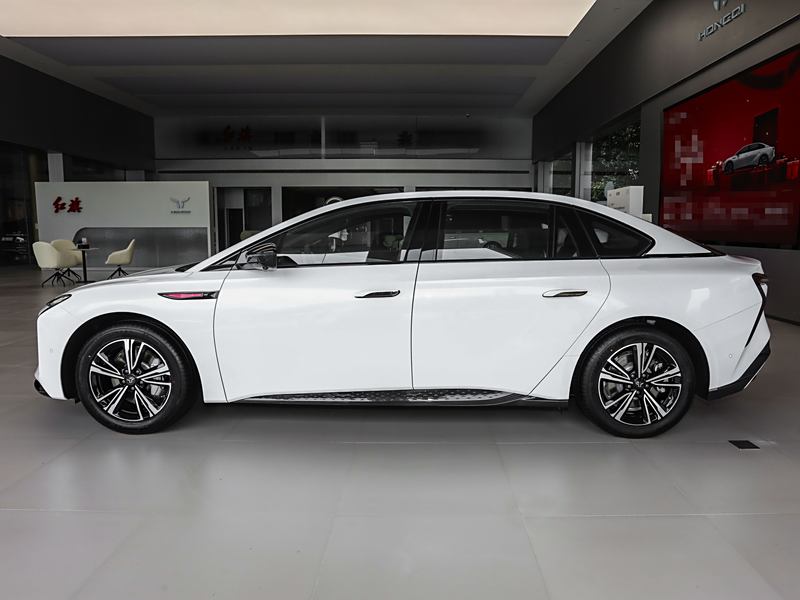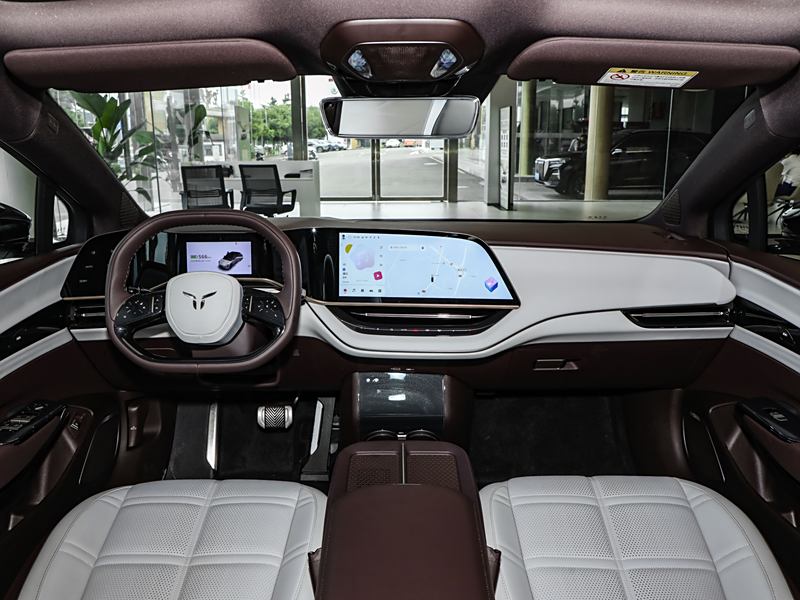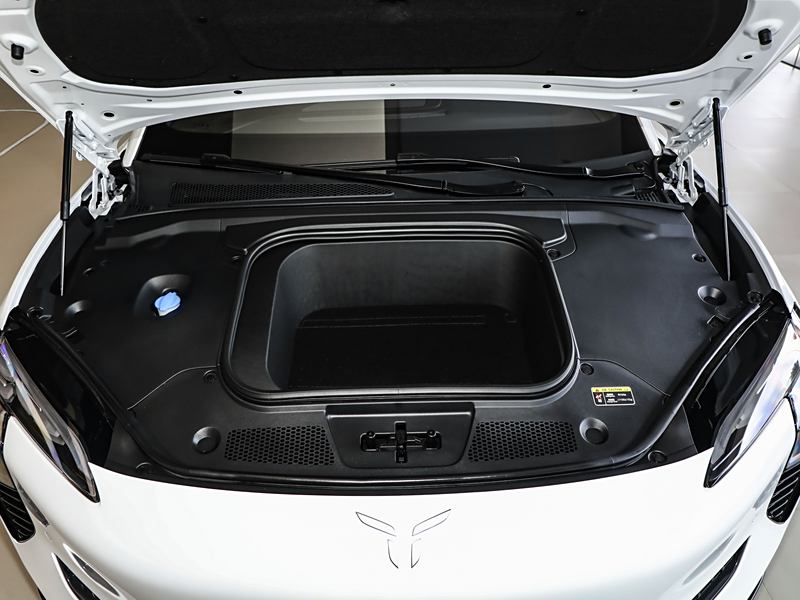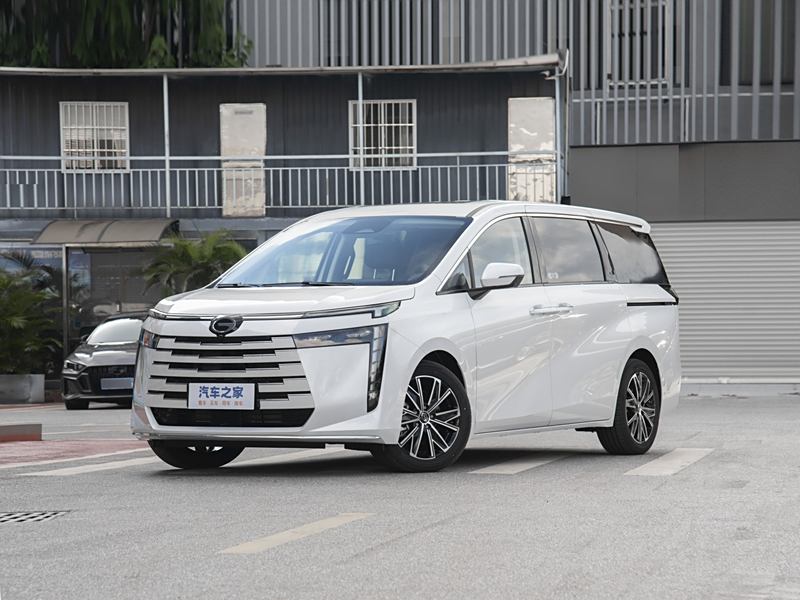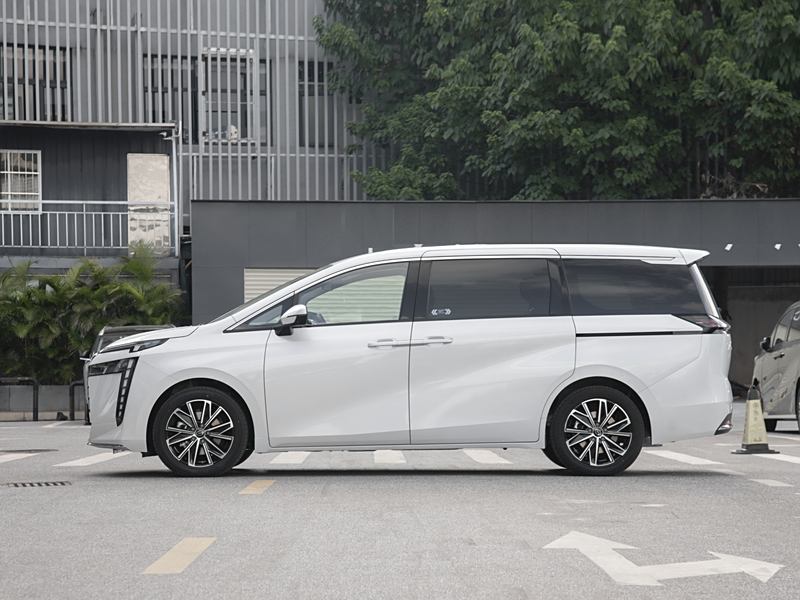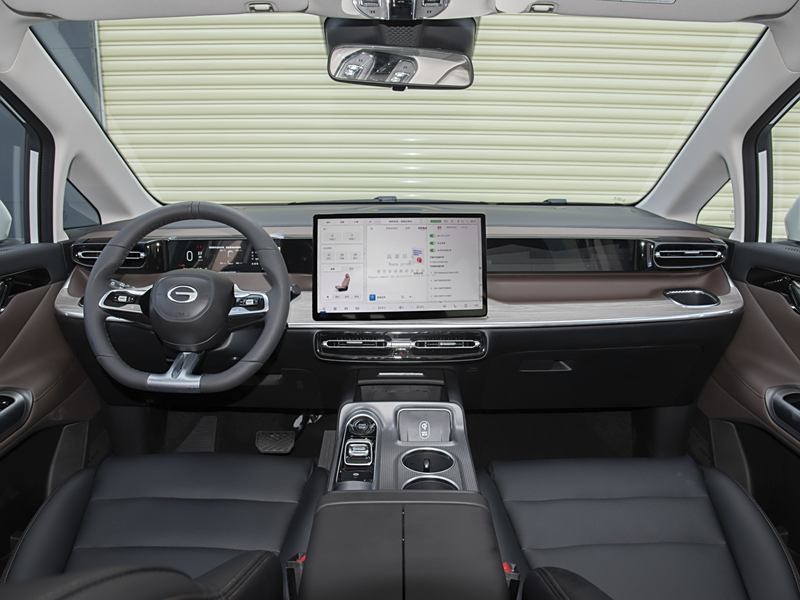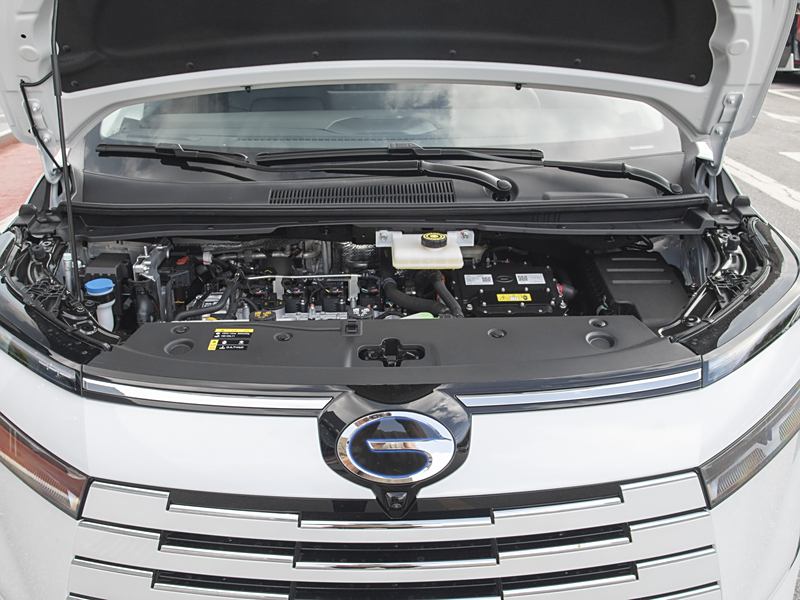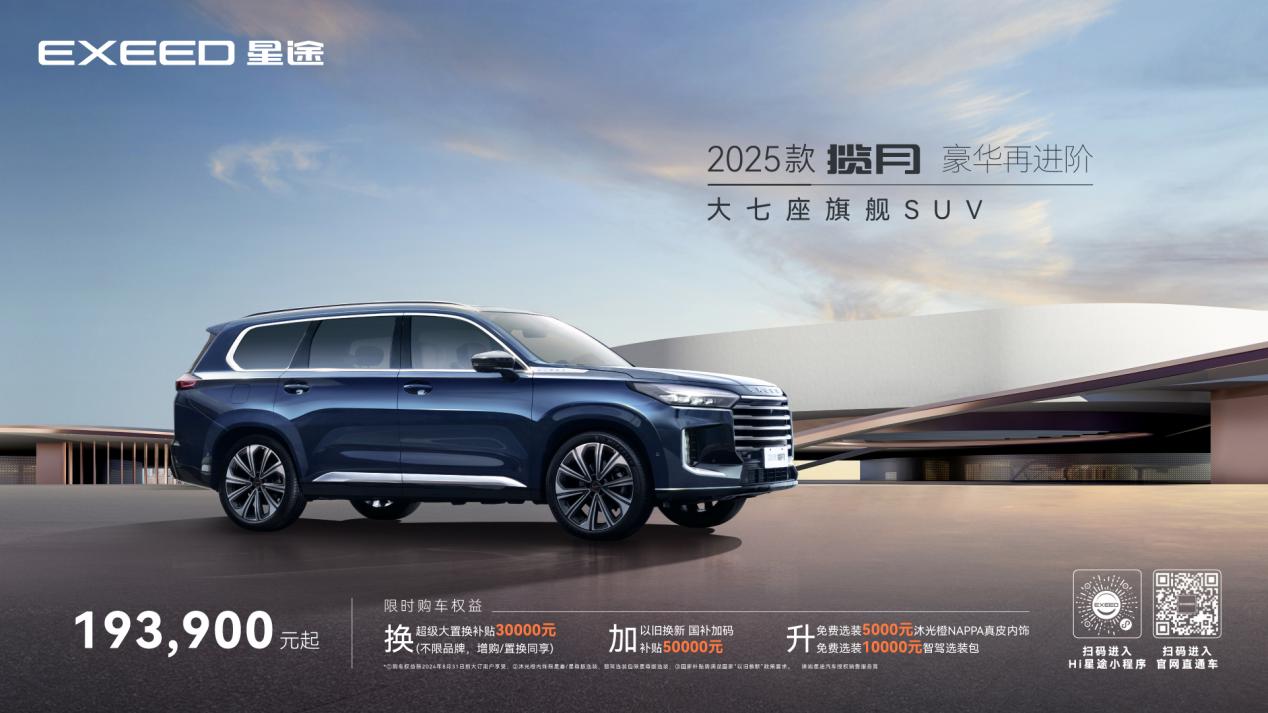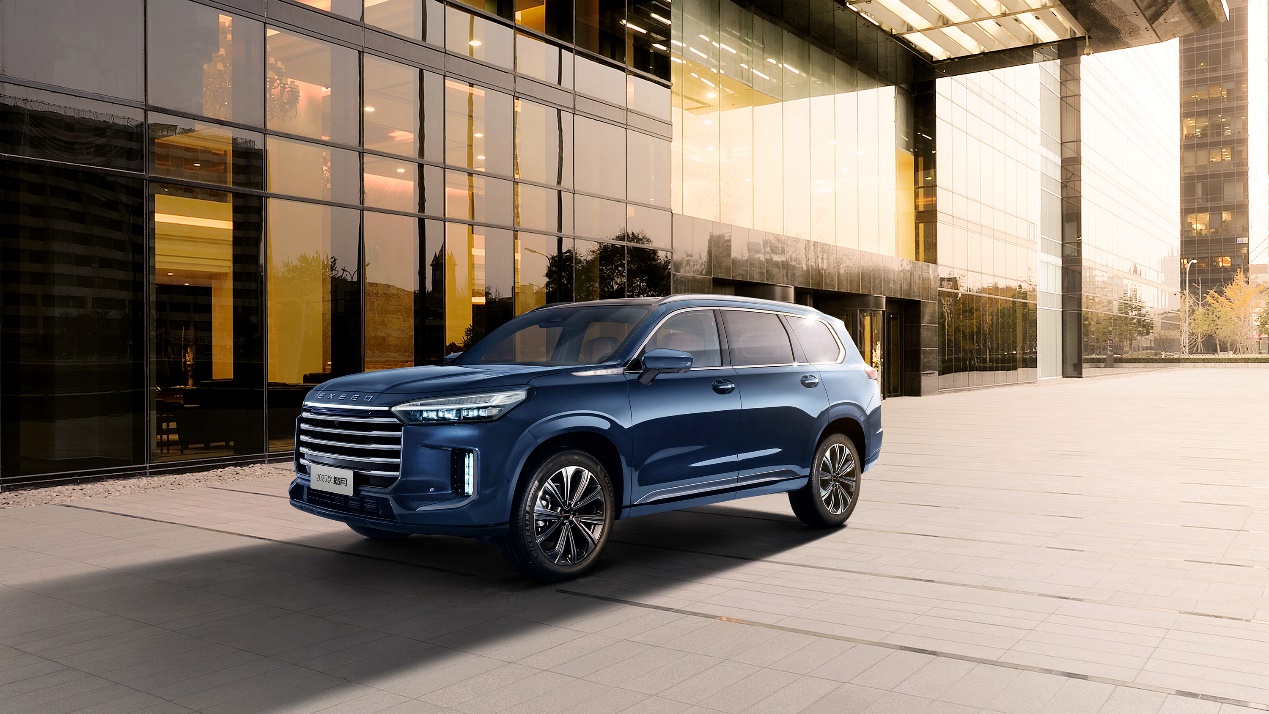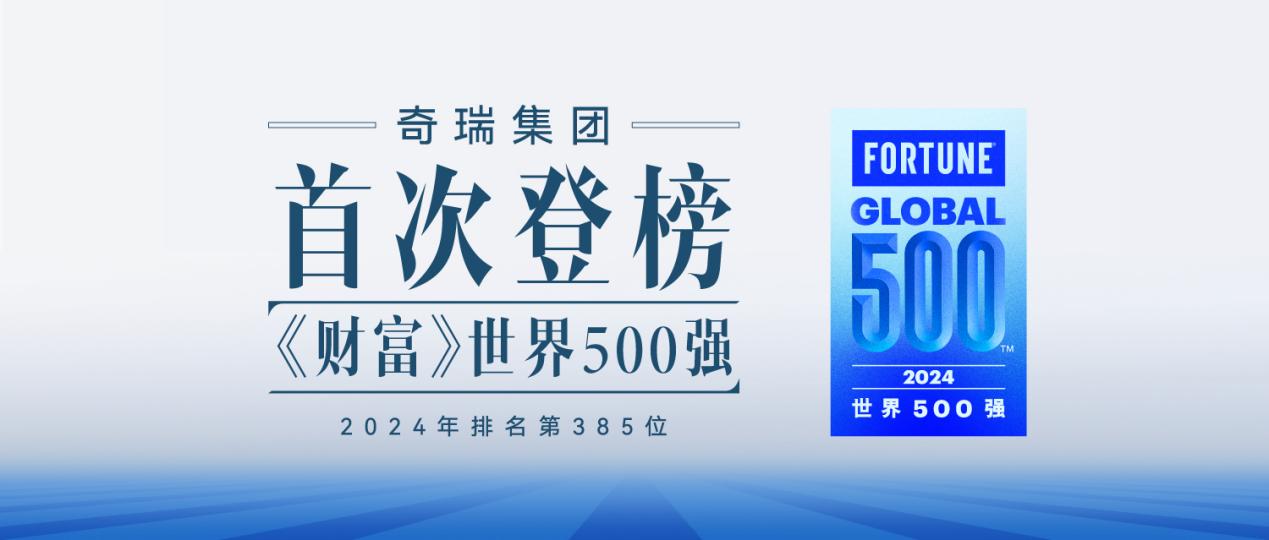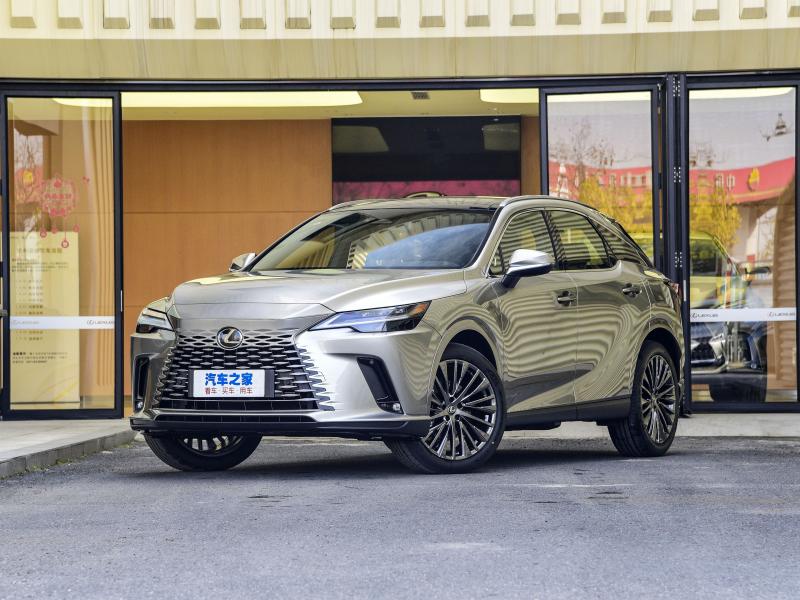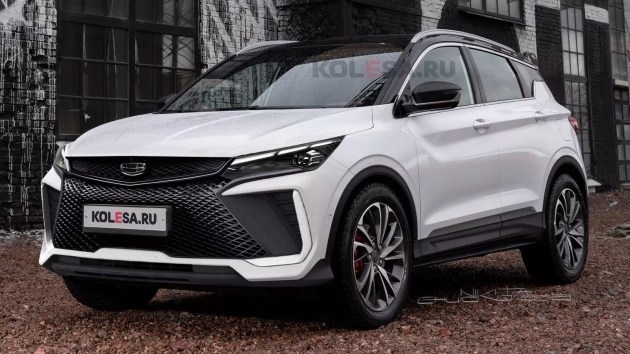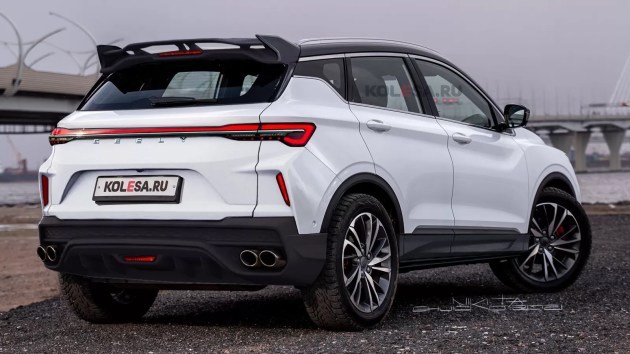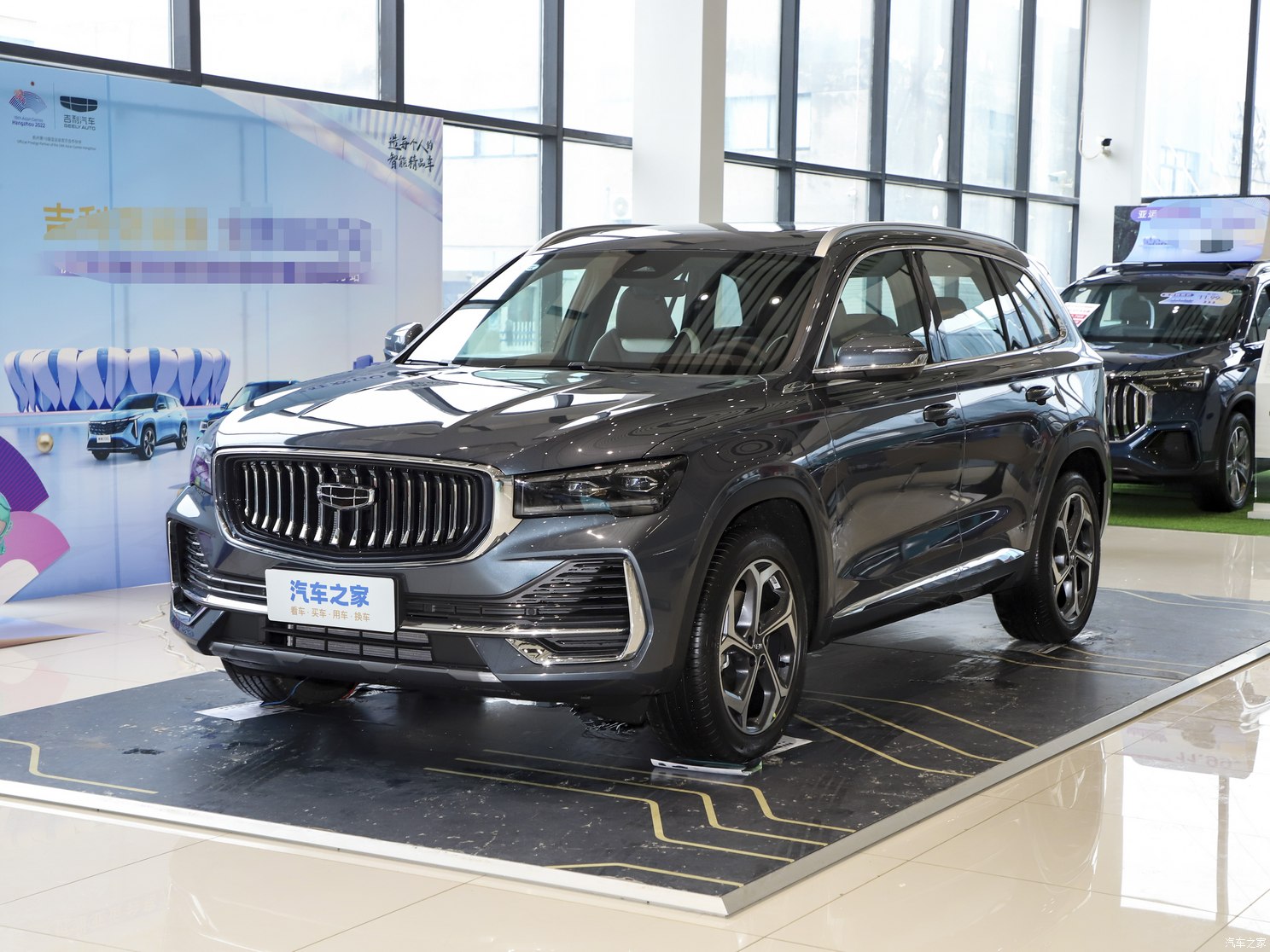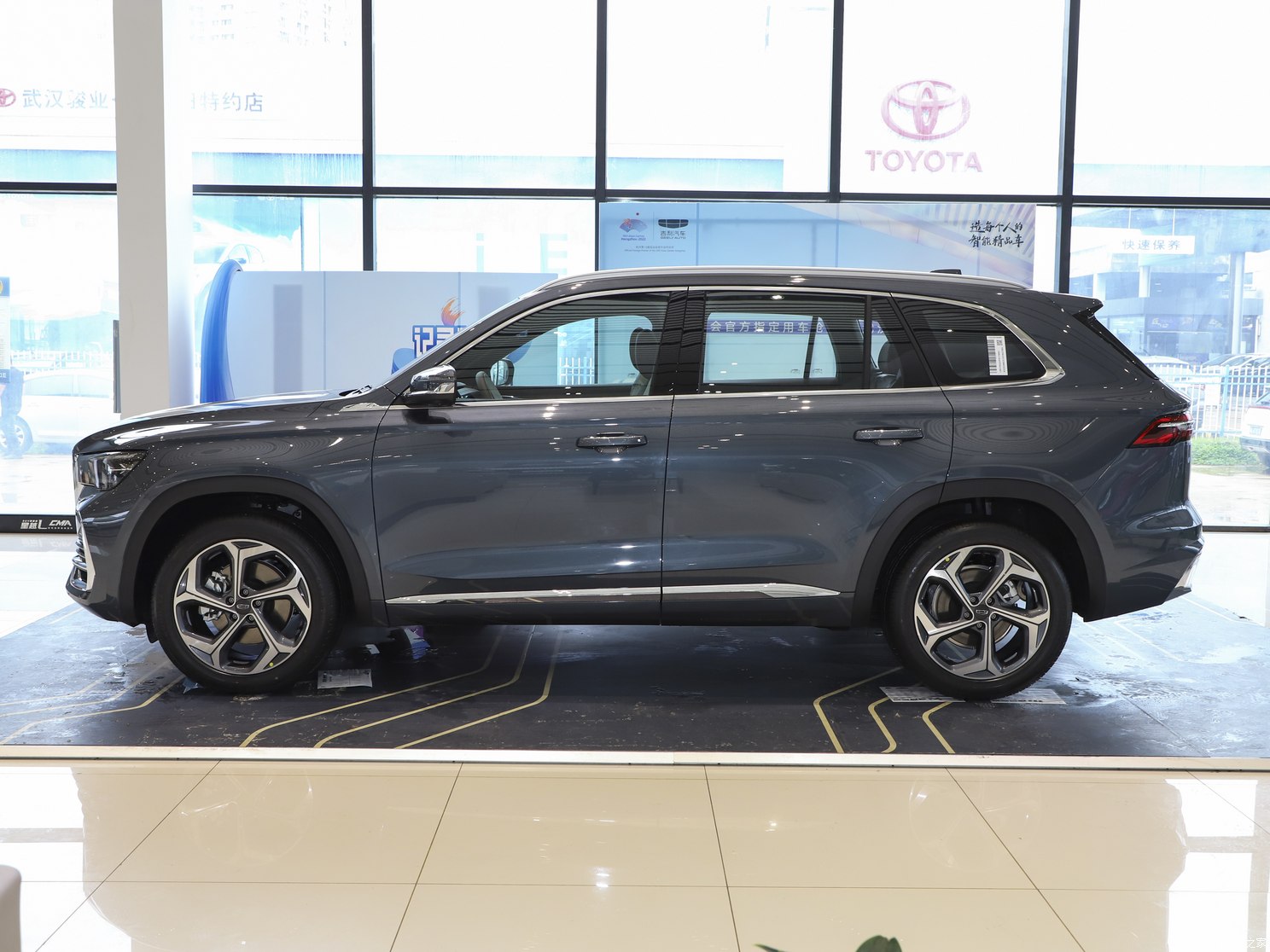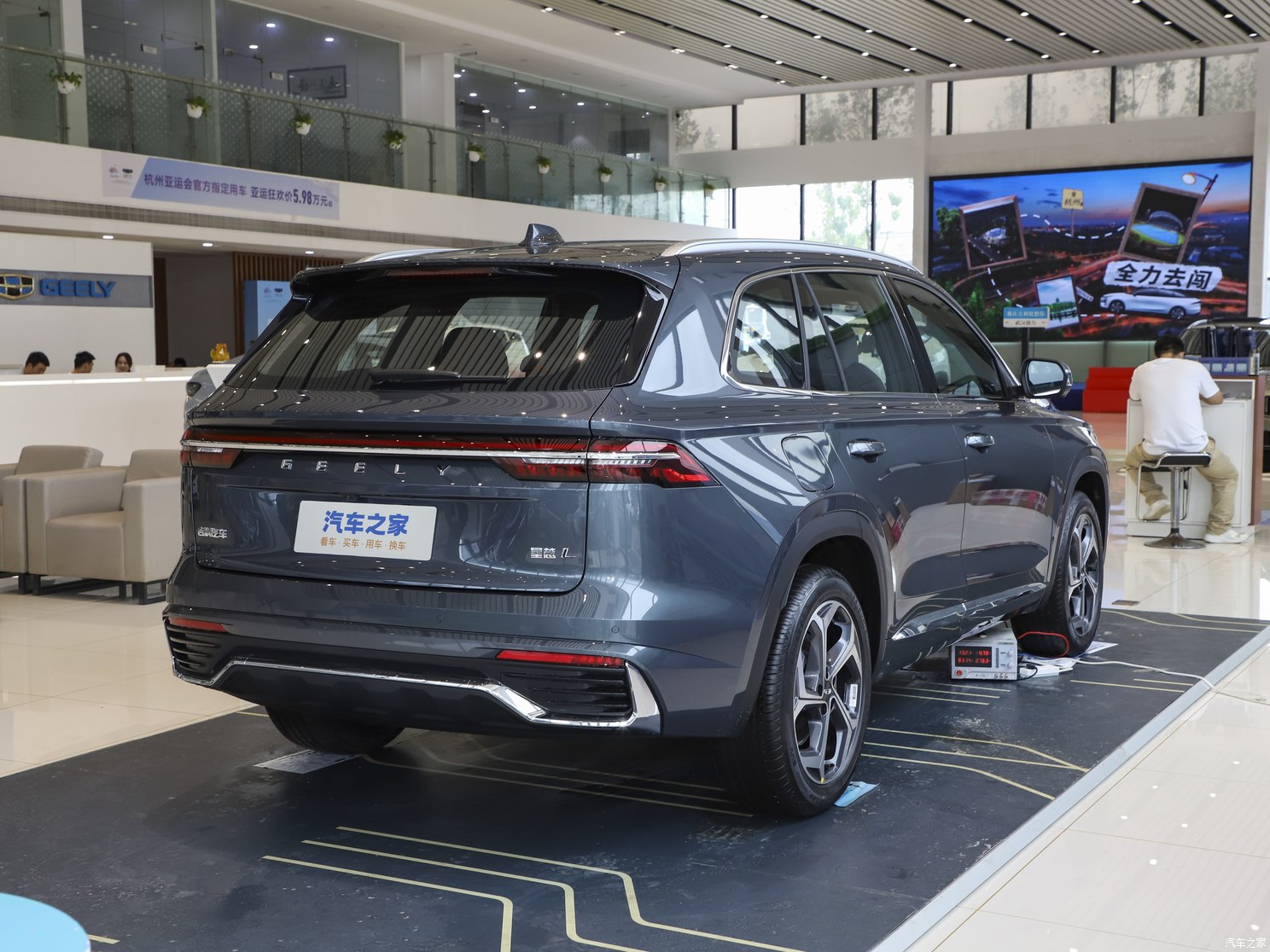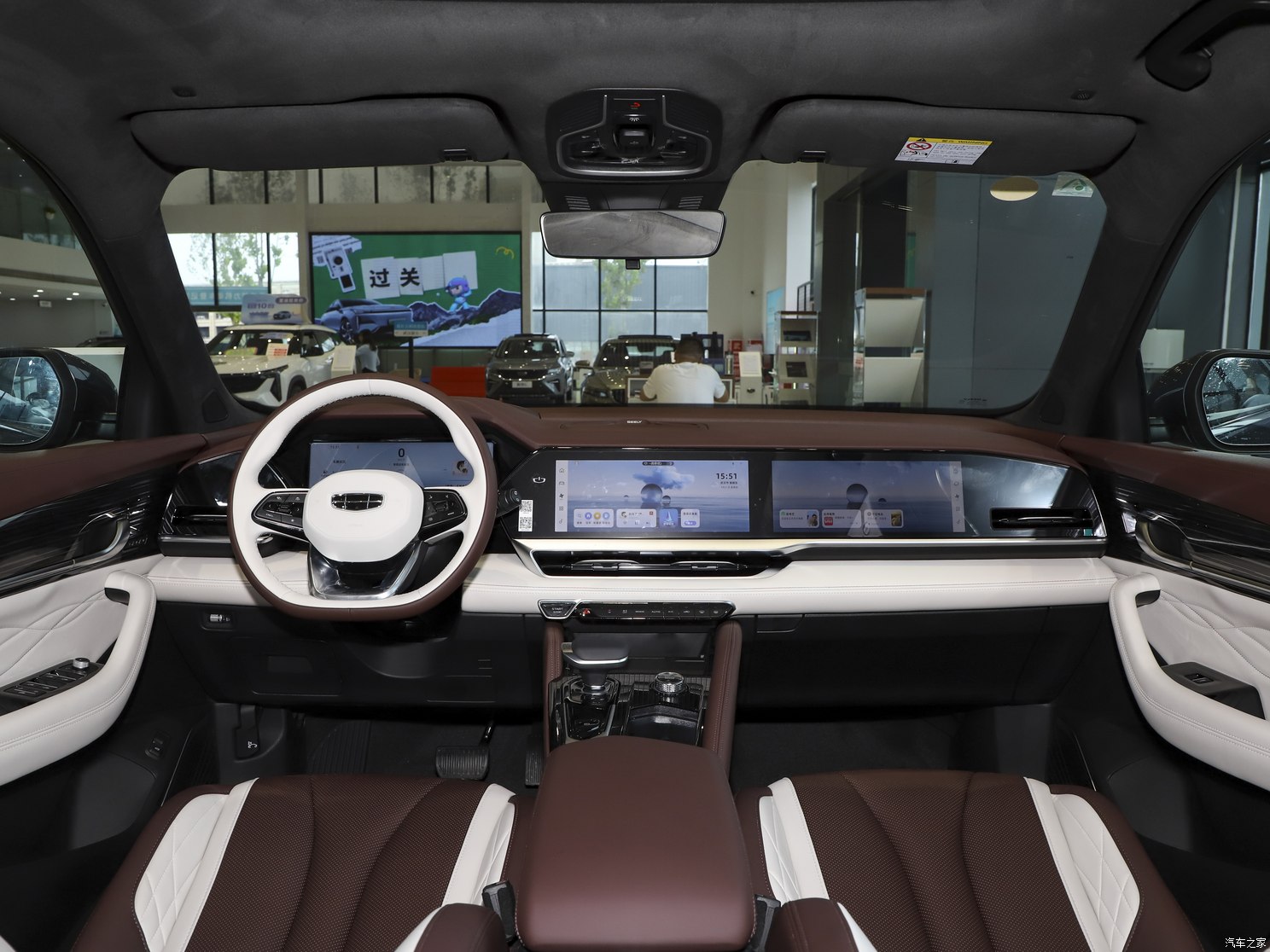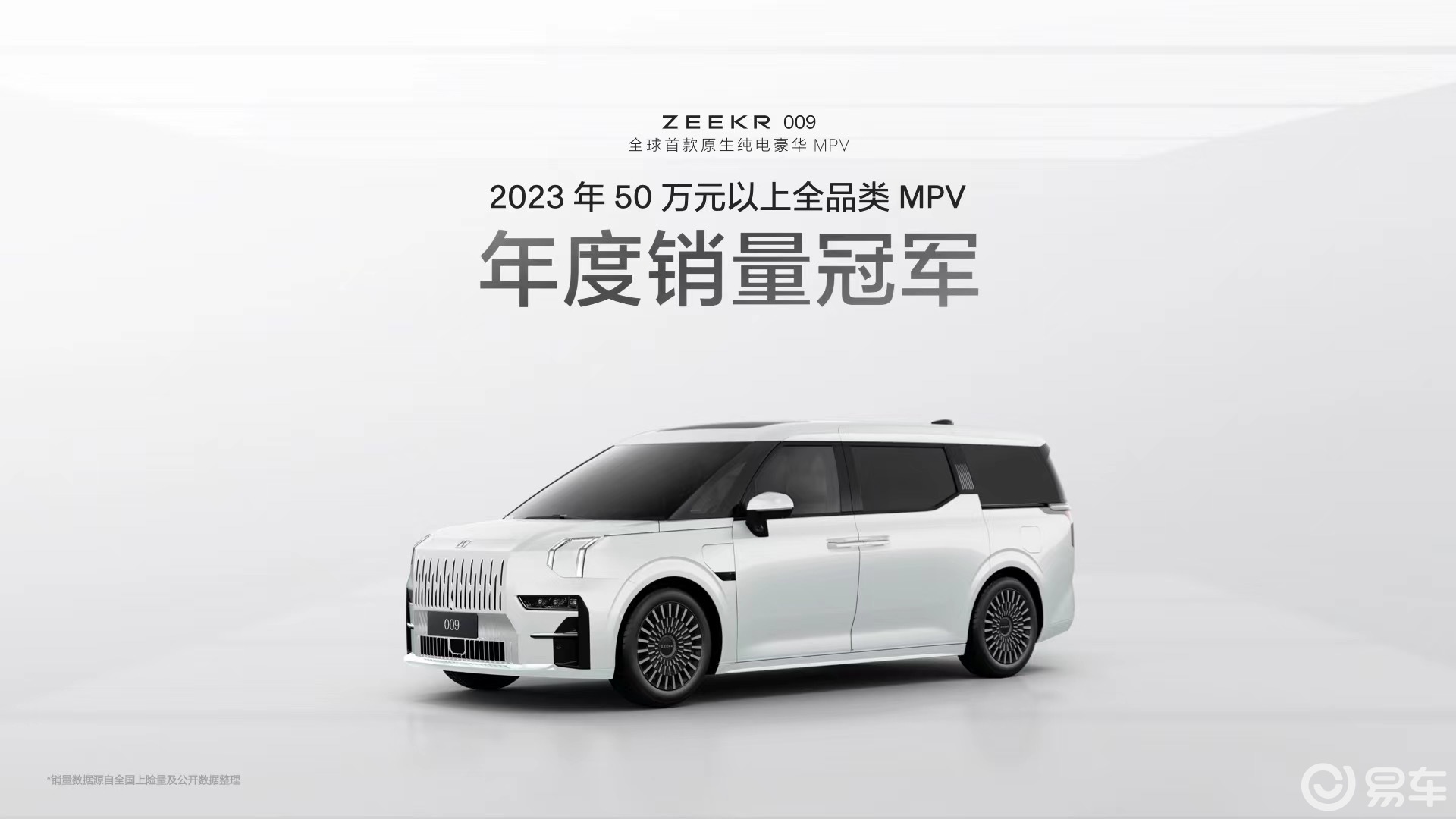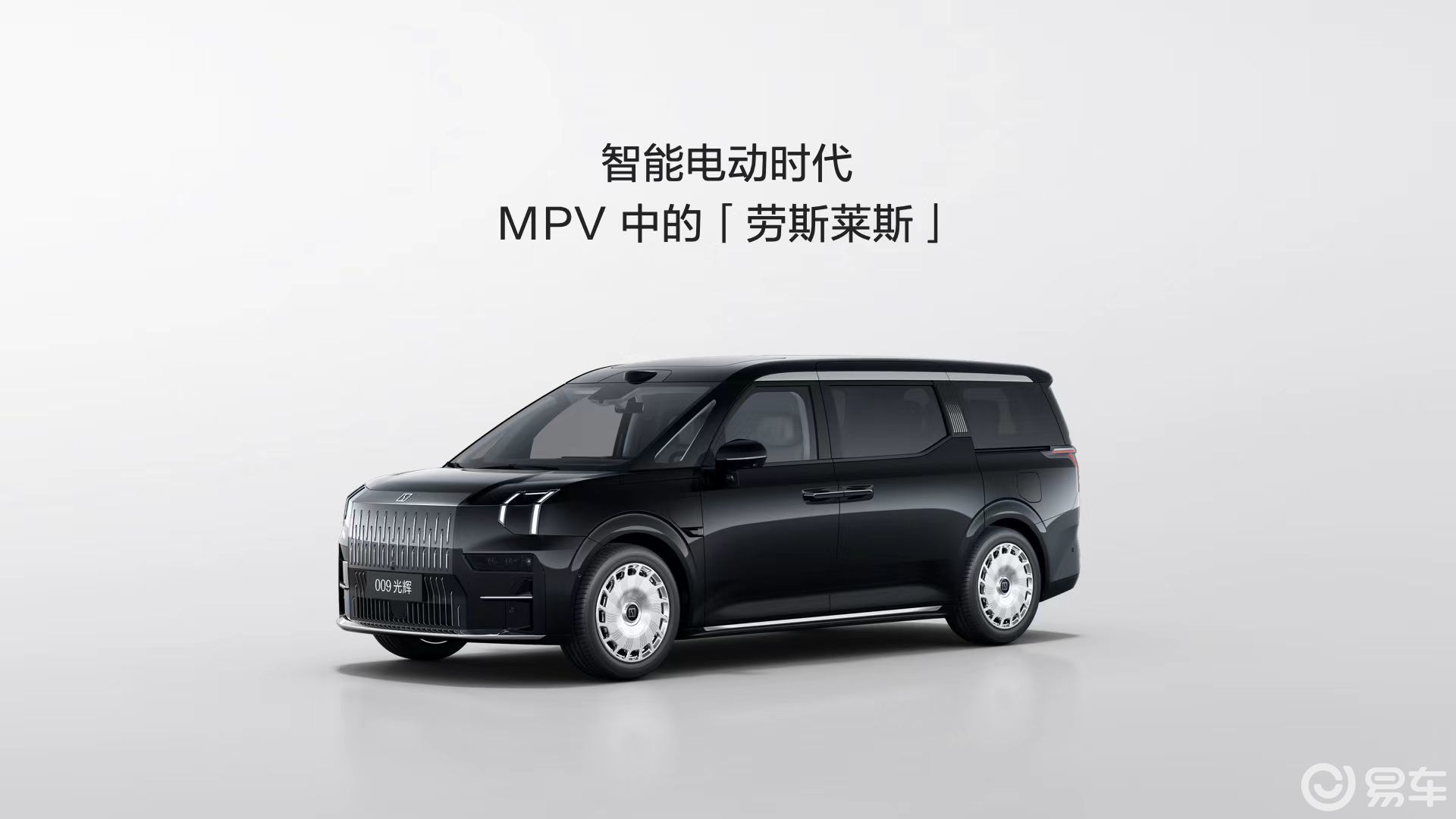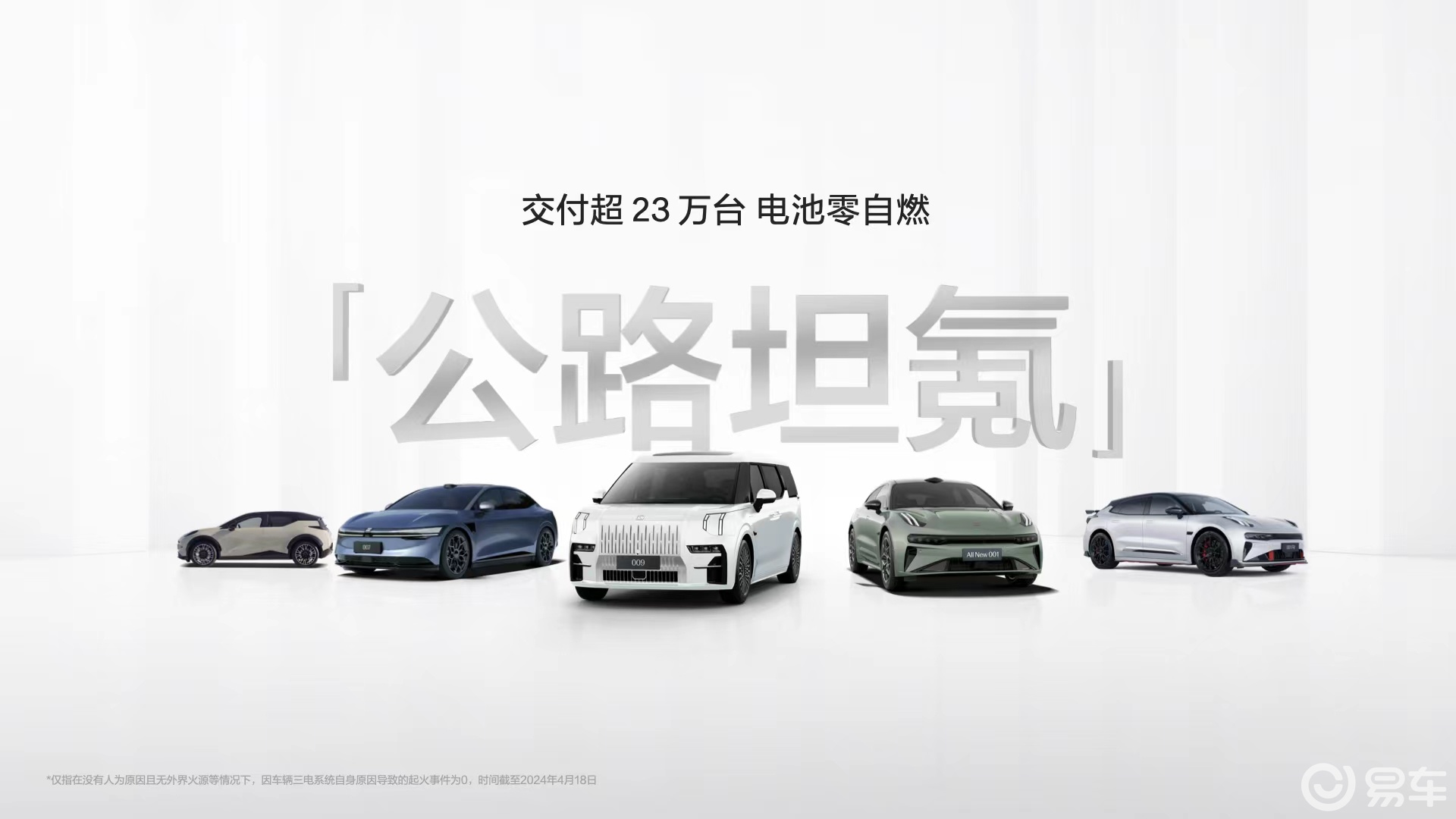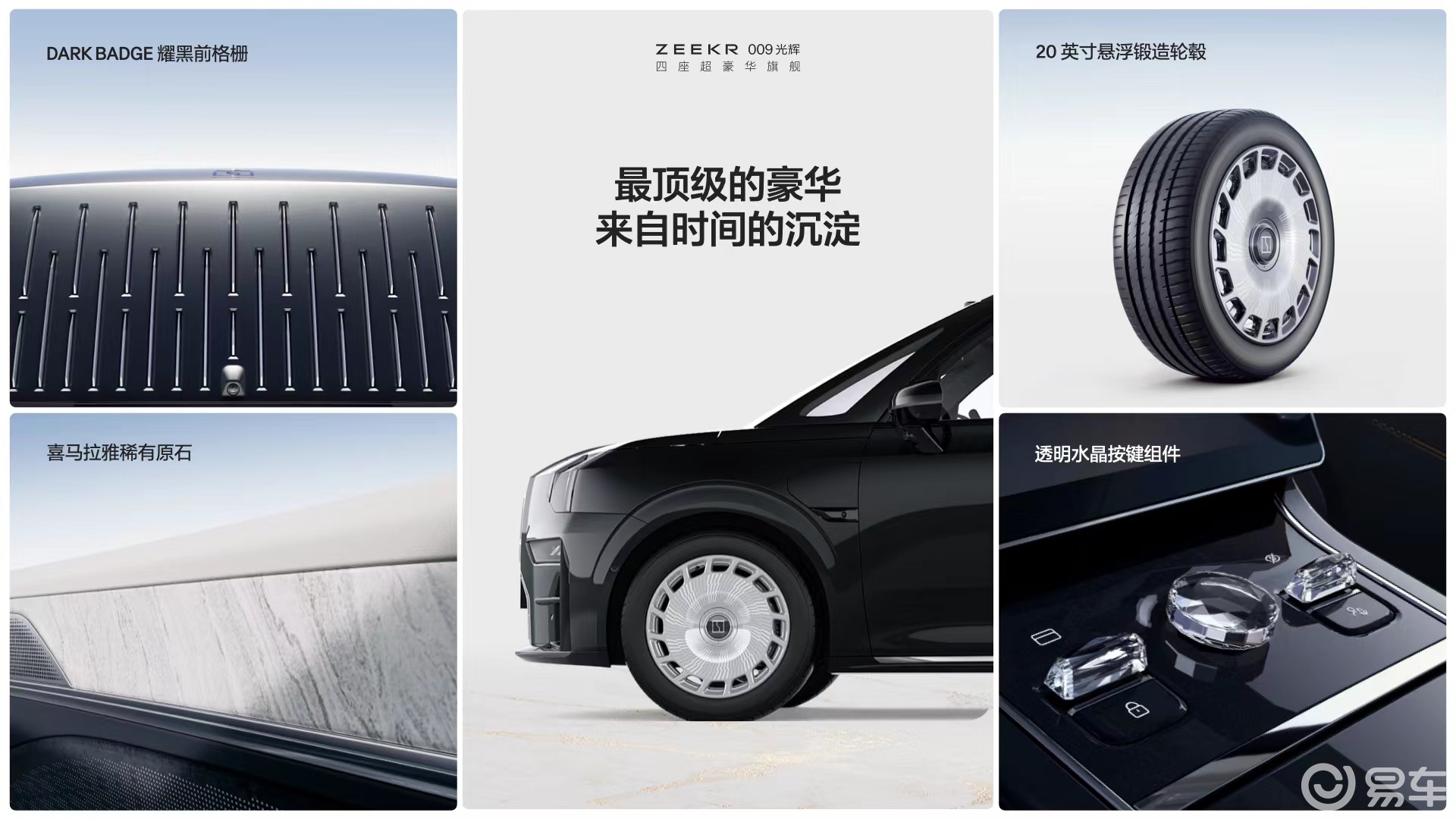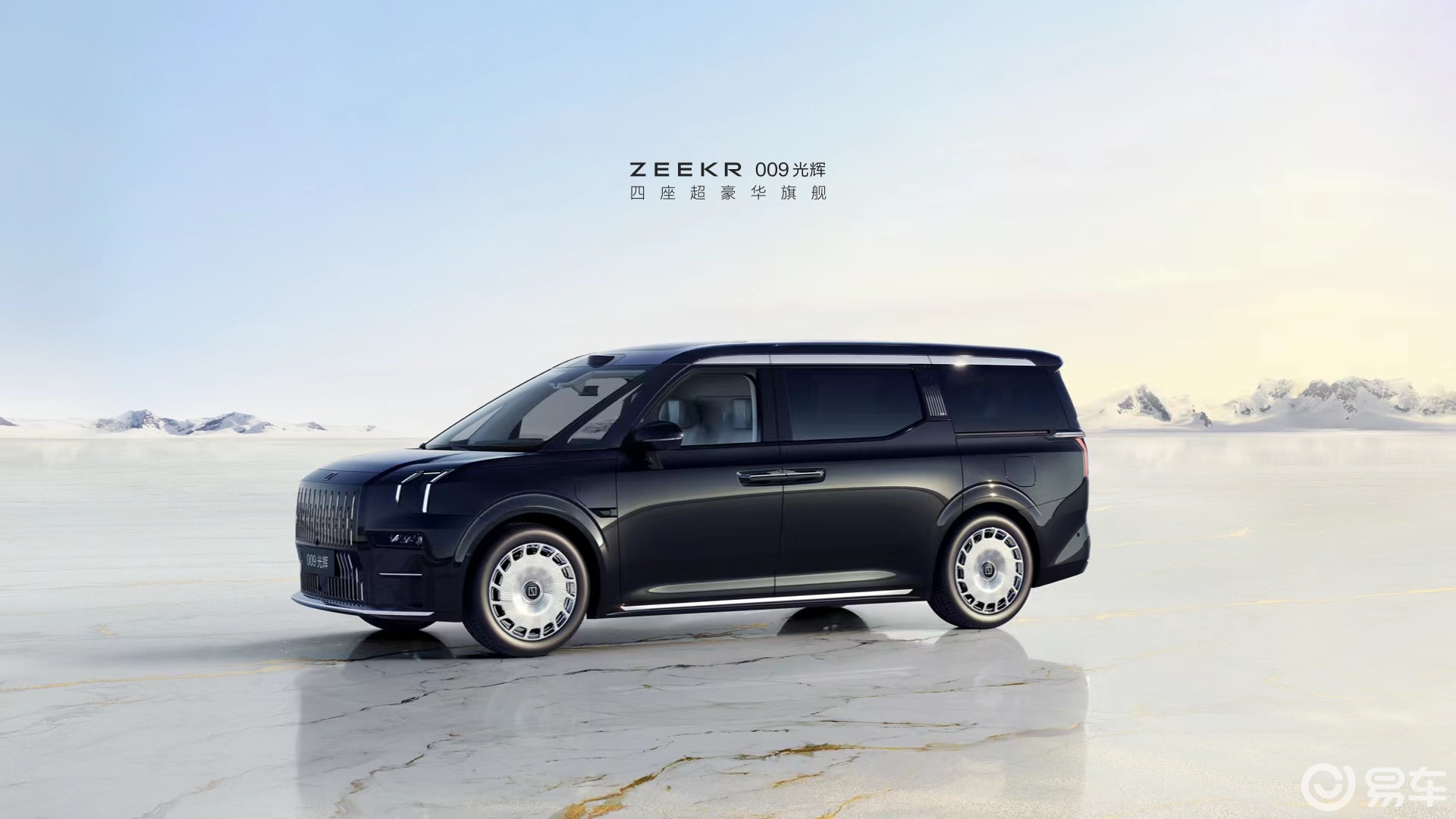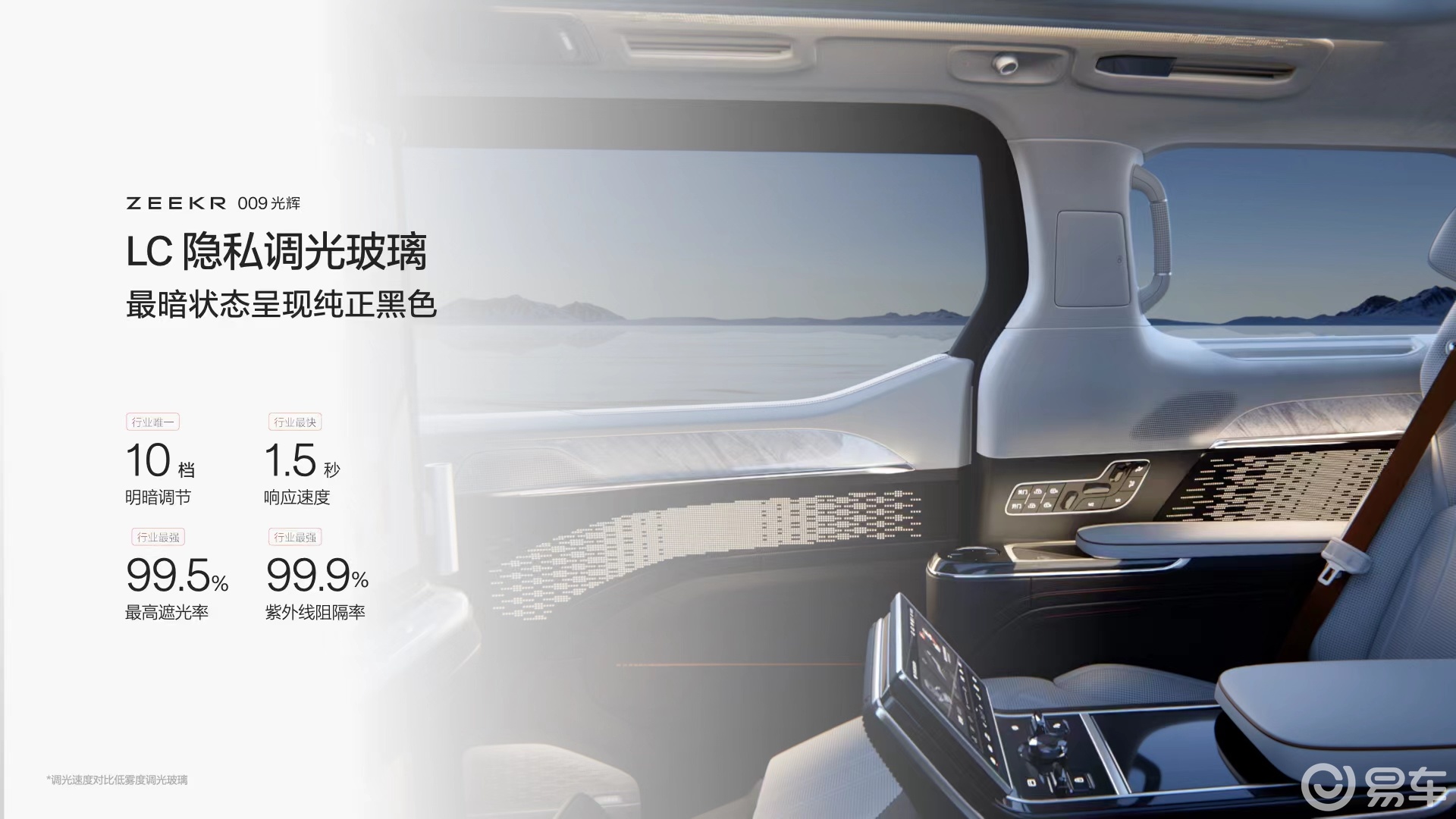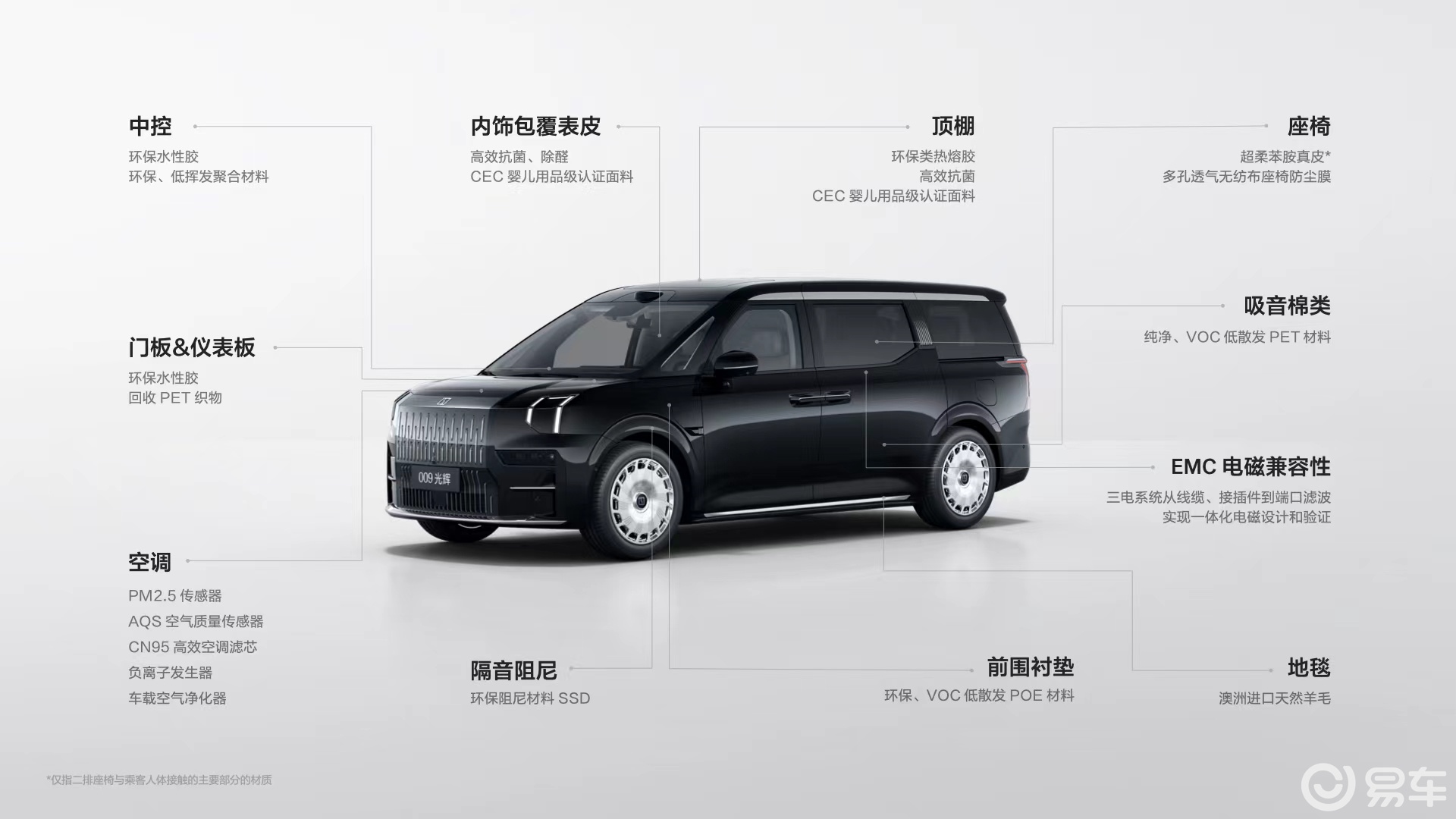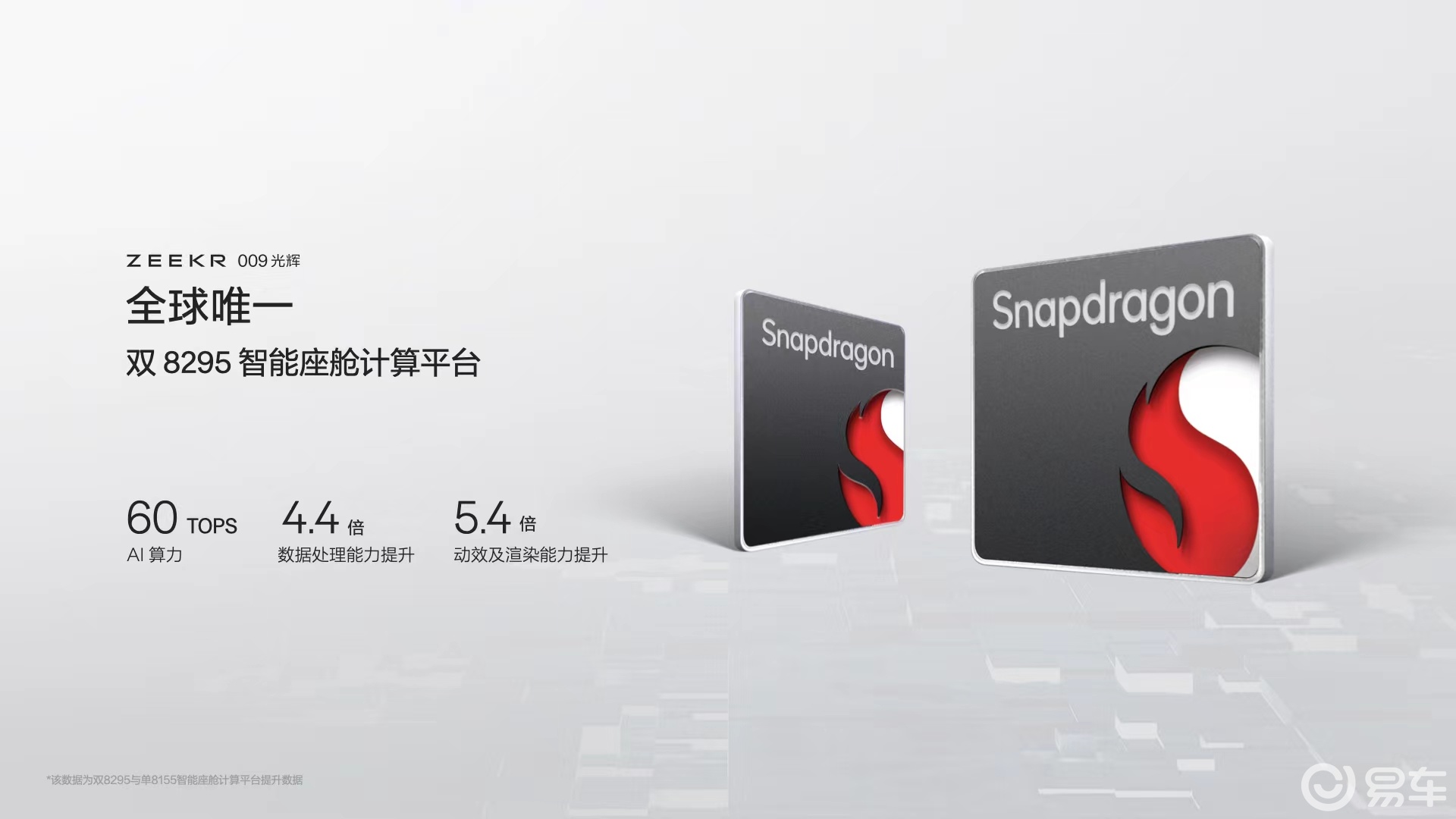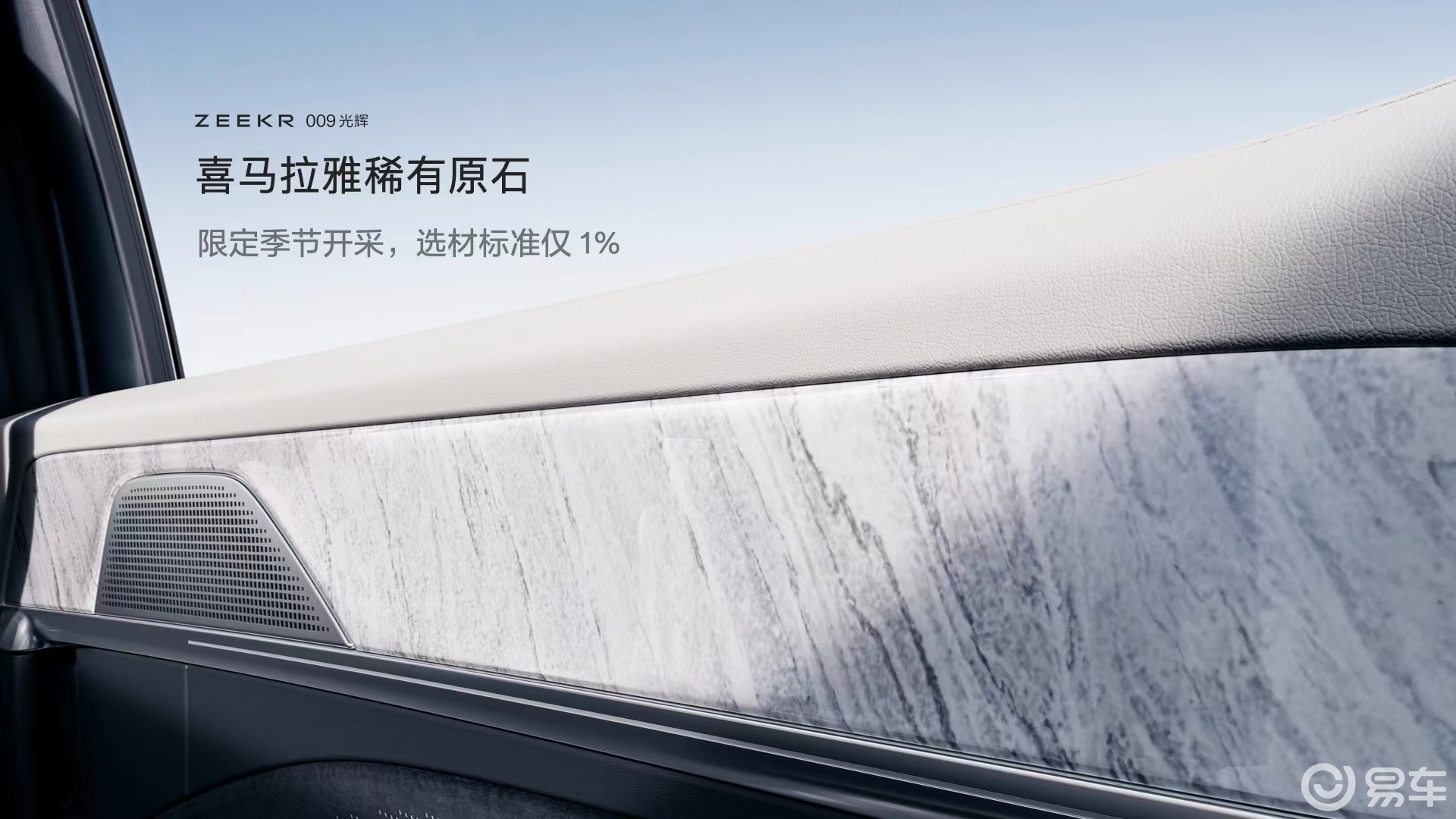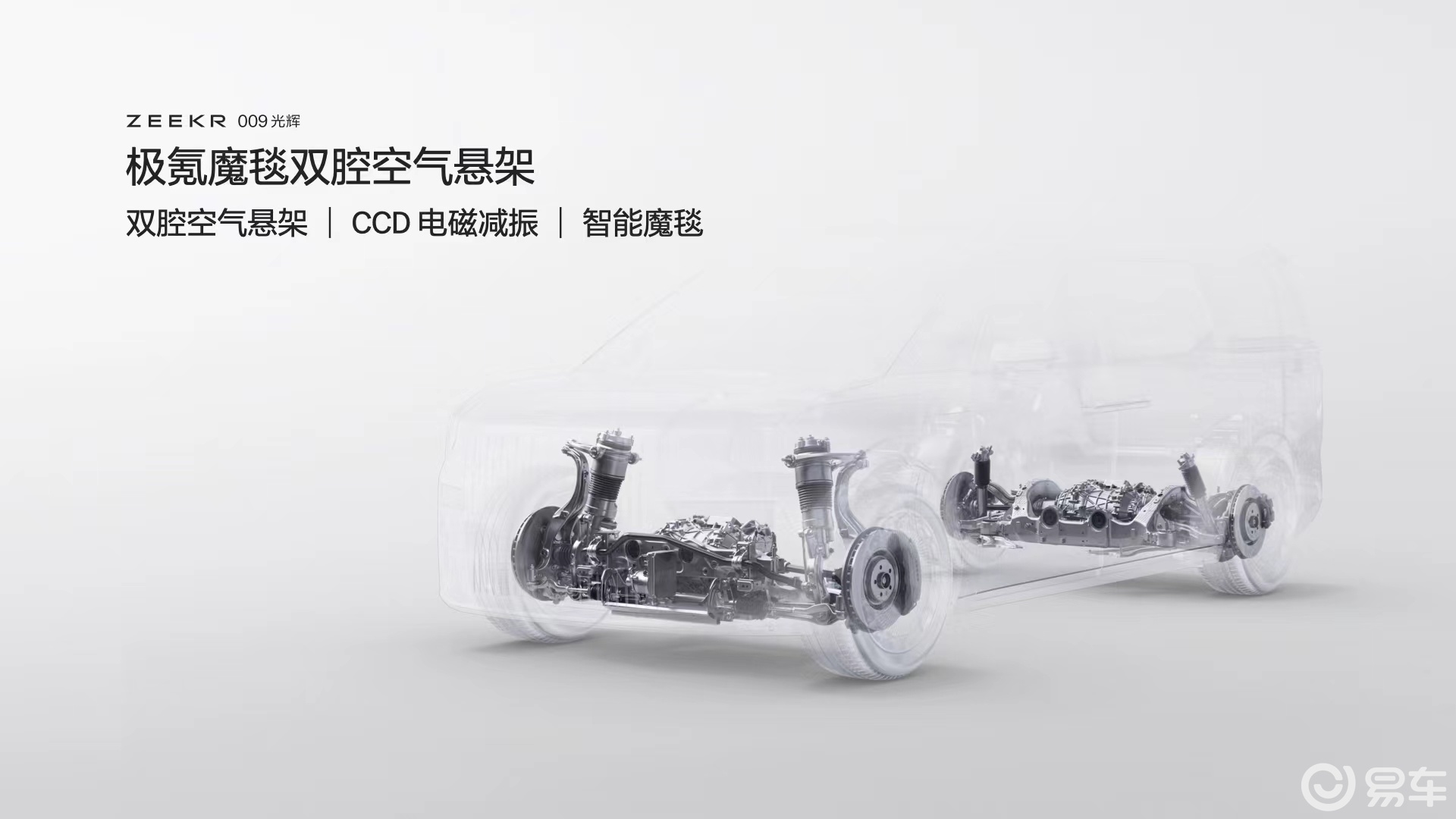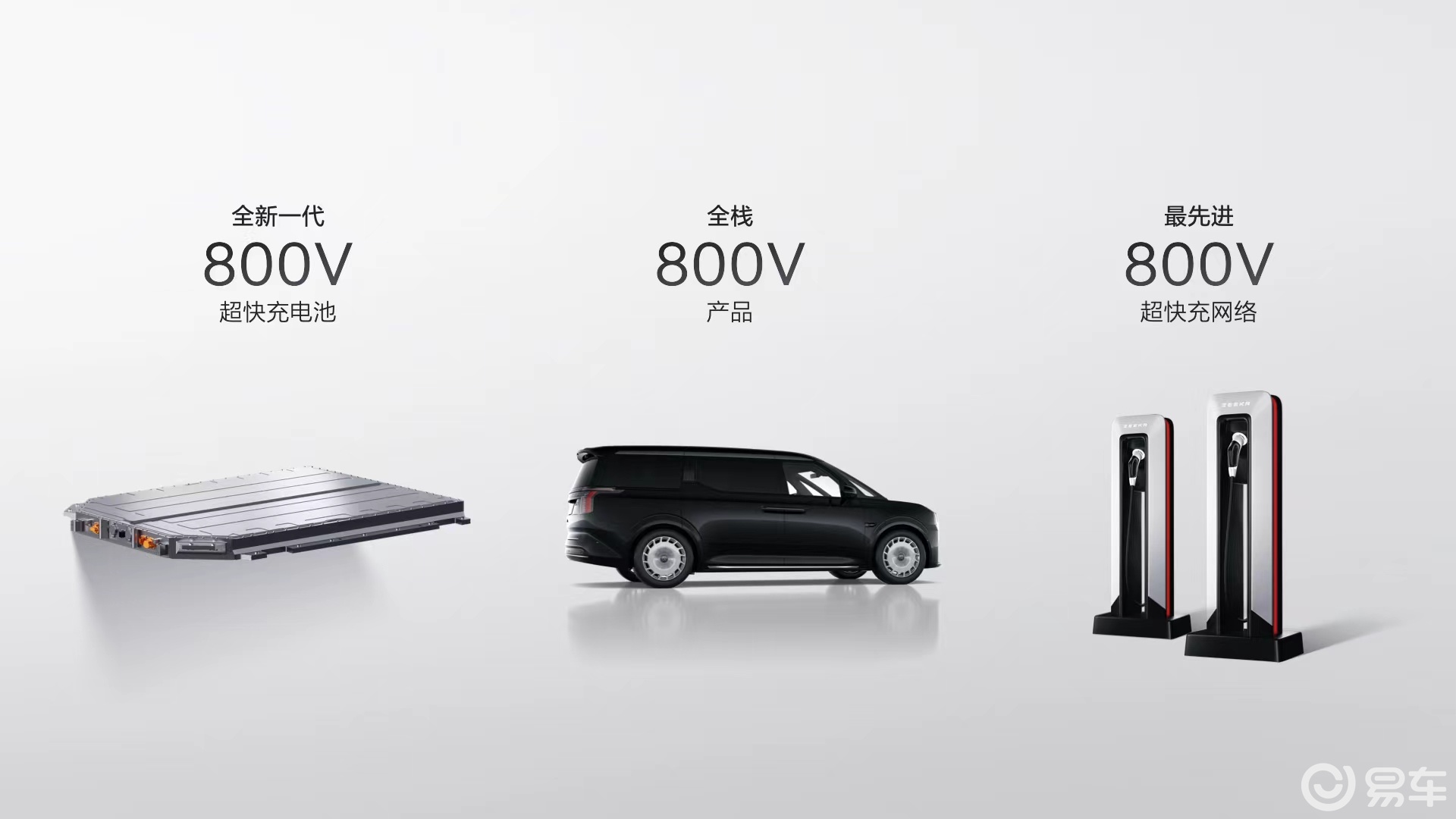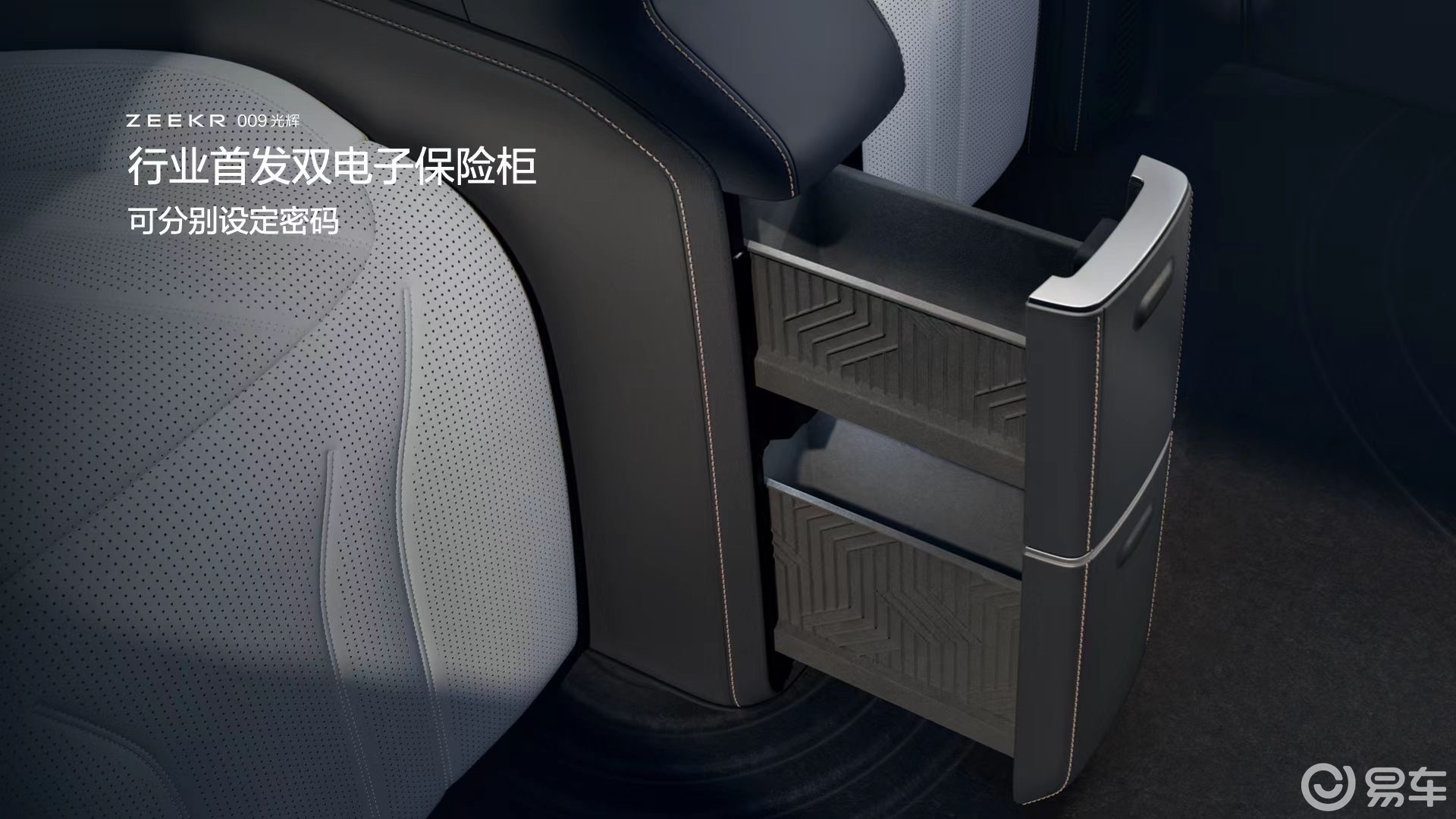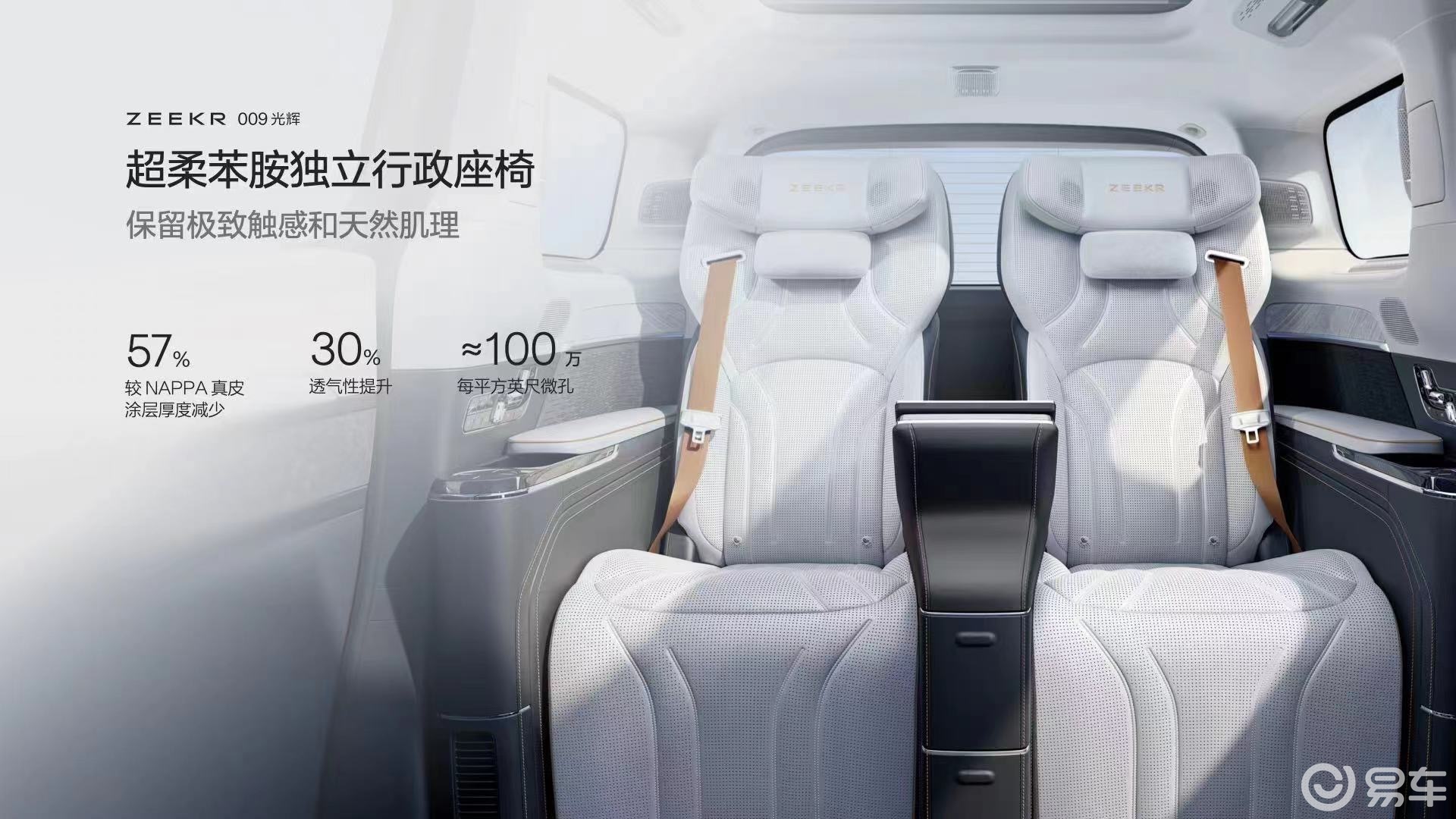On May 20, GAC Honda’s new generation (11th generation) Accord was officially launched, with a total of 7 models, and the official guide price was 17.98-25 8,800 yuan. The new generation Accord adopts the latest appearance and interior design, and in addition to the fuel version, it also launched the PHEV plug-in hybrid version for the first time. So, how should the new generation Accord that has just been listed be selected?
What are the advantages and disadvantages of the new generation Accord PHEV version?
The new generation of Accord fuel version models are all equipped with a 1.5T engine, with a maximum power of 141kW (192Ps) and a maximum torque of 260Nm, matching the CVT continuously variable transmission. In contrast, the new generation of Accord of the PHEV version is equipped with a plug-in hybrid system composed of a 2.0L engine and an electric motor, of which the maximum power of the engine is 109kW and the maximum power of the electric motor is 135kW. The comprehensive maximum power of this hybrid system reaches 152kW (207Ps) and a maximum torque of 335Nm. Obviously, the new generation of Accord of the PHEV version has stronger power performance than the fuel version, which undoubtedly helps to improve the driving experience of the vehicle.
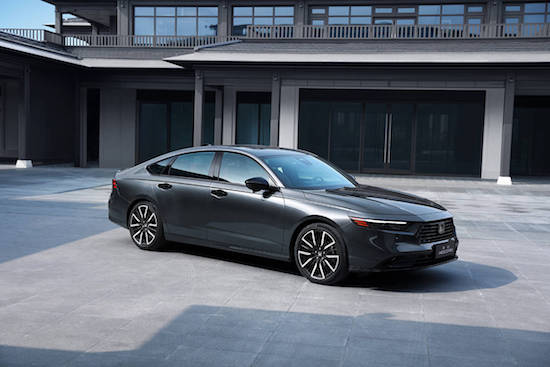
The new generation Accord fuel version
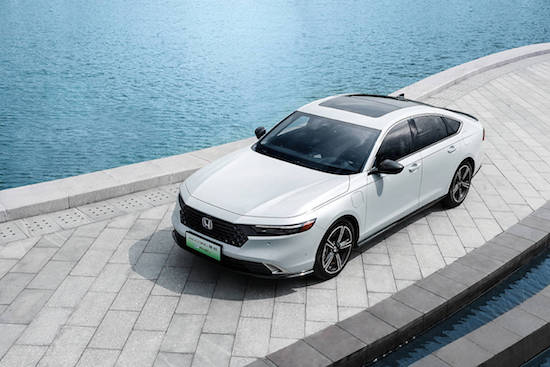
New generation Accord PHEV version
The new generation Accord of the PHEV version is equipped with a power battery pack with a capacity of 17.7kWh, which can achieve a pure electric cruising range of 82km and a comprehensive fuel consumption of 4.88L/100km. That is to say, the new generation Accord of the PHEV version can fully meet the needs of most users for daily commuting to and from work, and only use electricity and no oil at ordinary times, which can greatly reduce the energy consumption cost during daily car use. Even if the pure electric mode is not considered, the new generation Accord of the PHEV version can still outperform the fuel version in daily car cost with a comprehensive fuel consumption of 4.88L/100km. (The WLTC comprehensive fuel consumption of the new generation Accord fuel version is 6.60-6/100km)
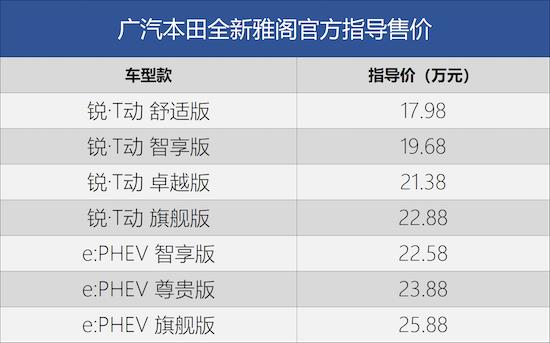
Due to the different manufacturing costs, the PHEV version of the same model will definitely be more expensive than the fuel version, and the same is true for the new generation of Accord. For example, the top model of the new generation of Accord fuel version "Rui · T, Flagship Edition" is priced at 228,800 yuan, while the price of the entry-level model of the PHEV version "e: PHEV Smart Edition" has reached 225,800 yuan, which is only 3,000 yuan cheaper than the fuel version of the top model; if it is the top model of the PHEV version "e: PHEV Flagship Edition", its price has reached 258,800 yuan, which is already 30,000 yuan more expensive than the fuel version of the top model. It can be said that the price factor is the obvious disadvantage of the new generation Accord PHEV version compared to the fuel version.
What are the differences between the standard configuration of the new generation Accord fuel version and the PHEV version?
In terms of standard configuration, how different can the new generation Accord fuel version and PHEV version be? Let’s take a look at the standard configuration of the new generation Accord fuel version model, that is, the configuration of the "Rui · T, Comfort Edition" priced at 179,800 yuan, as shown in the table below.
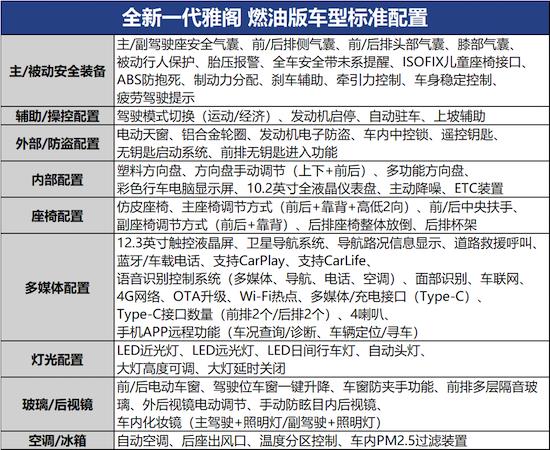
In contrast, the entry model of the new generation of Accord PHEV version, that is, the "e: PHEV Smart Edition" priced at 225,800 yuan, is much better than the fuel version entry model in terms of rich configuration, as shown in the table below.
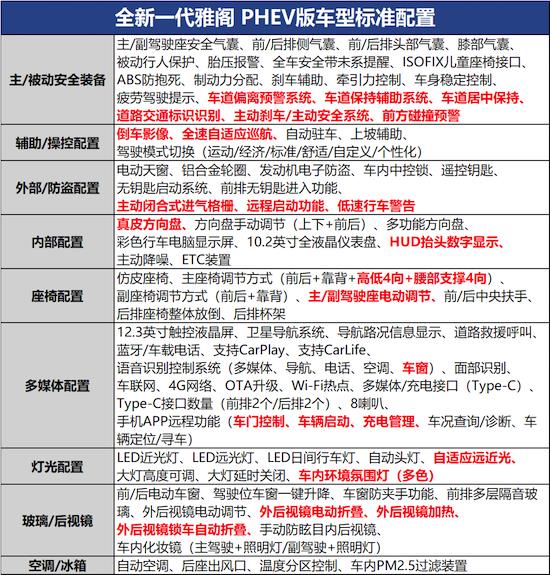
The new generation of Accord PHEV version of the entry model "e: PHEV Smart Edition", on the basis of the fuel version entry model "Sharp T Action, Comfort Edition", will include lane departure warning system, lane keeping assistance system, lane centering, road traffic sign recognition, active braking/active safety system, forward collision warning, reversing image, full speed adaptive cruise, active closed air intake grille, remote start function, low speed driving warning, leather steering wheel, HUD head-up digital display, main/passenger seat electric adjustment, adaptive near and far light, interior ambient light, exterior rearview mirror electric folding, exterior rearview mirror heating, exterior rearview mirror lock car automatic folding, including nearly 20 functional configurations are included in the standard In addition, the new generation of Accord PHEV version entry-level model "e: PHEV Smart Edition" upgrades the height adjustment of the main seat from 2 to 4 directions, and adds 4-way adjustment of waist support; the automatic speech recognition control system increases the control of the window, and the mobile APP remote function adds door control, vehicle start, and charging management. It can be said that the same is an entry-level model, but the "e: PHEV Smart Edition" (179,800 yuan) is much richer than the "Rui · T, Comfort Edition" (225,800 yuan).
What are the top model configuration differences between the new generation Accord fuel version and the PHEV version?
If the new generation of Accord fuel version entry-level models and PHEV entry-level models are replaced by their respective top models, will the configuration differences between them still be significant?

By comparison, it is not difficult to find that the configuration difference between the new generation of Accord fuel version top matching model and the PHEV version top matching model is not large. Compared with the price of 228,800 yuan "Rui · T Move, Flagship Edition", the price of 258,800 yuan "e: PHEV Flagship Edition" is more in the configuration, that is, automatic parking entry, suspension soft and hard adjustment, streaming media rearview mirror; in addition, the difference between the two cars in the configuration is mainly concentrated in the number of driving modes, seat materials and automatic speech recognition control system and mobile APP remote function can control the number of functions. The price difference of 30,000 yuan between the two cars is more due to the difference in the power system.

258,800 yuan "e: PHEV flagship version" is equipped with automatic parking and parking function

The 258,800 yuan "e: PHEV flagship" also comes with a streaming rearview mirror
What are the configuration differences between the new generation Accord fuel version and the PHEV version?
The middle model of the new generation Accord PHEV version is the "e: PHEV Premium Edition" priced at 238,800 yuan, and the middle model of the fuel version closest to it in price is the "Rui · T-Dong, Excellent Edition" priced at 213,800 yuan. The price difference between the two models is 25,000 yuan, but in fact the difference between them at the configuration level is still not particularly obvious, as shown in the table below.

In addition to the difference in the powertrain, the price of 238,800 yuan "e: PHEV Premium Edition", in the configuration of the main than the 213,800 yuan "Rui · T move, excellent version" more parallel assistance, reversing car side warning system, front mobile phone wireless charging, the rest of the configuration differences are mainly concentrated in the number of driving mode, automatic speech recognition control system and the number of exterior mirrors.
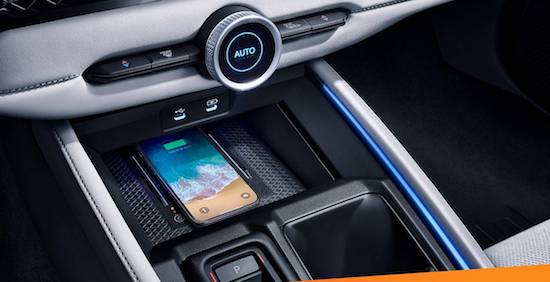
The "e: PHEV Premium Edition" priced at 238,800 yuan comes standard with wireless charging function of the front mobile phone.
Through the above configuration comparison, combined with the price of the new generation of Accord, if your car purchase budget can only support the purchase of models with a guide price of less than 200,000 yuan, then it is obvious that you can only choose between the entry-level model and the low-end model of the fuel-powered version, that is, the "Sharp T-move, Comfort Edition" of 179,800 yuan and the "Sharp T-move, Smart Edition" of 196,800 yuan. And if your car purchase budget supports you to buy a model with a guide price of more than 200,000 yuan, you can either choose between the "Rui T-Dong, Excellent Edition" of 213,800 yuan and the "Rui T-Dong, Flagship Edition" of 228,800 yuan, or directly choose the entry model of the PHEV version, that is, the "e: PHEV Smart Edition" with a guide price of 225,800 yuan. As for the middle and top models of the new generation of Accord PHEV versions, that is, the "e: PHEV Premium Edition" of 238,800 yuan and the "e: PHEV Flagship Edition" of 258,800 yuan, from the perspective of cost performance, its advantages are not as obvious as the entry model, that is, the "e: PHEV Smart Edition" with a guide price of 225,800 yuan. (GAC Honda, for pictures)
